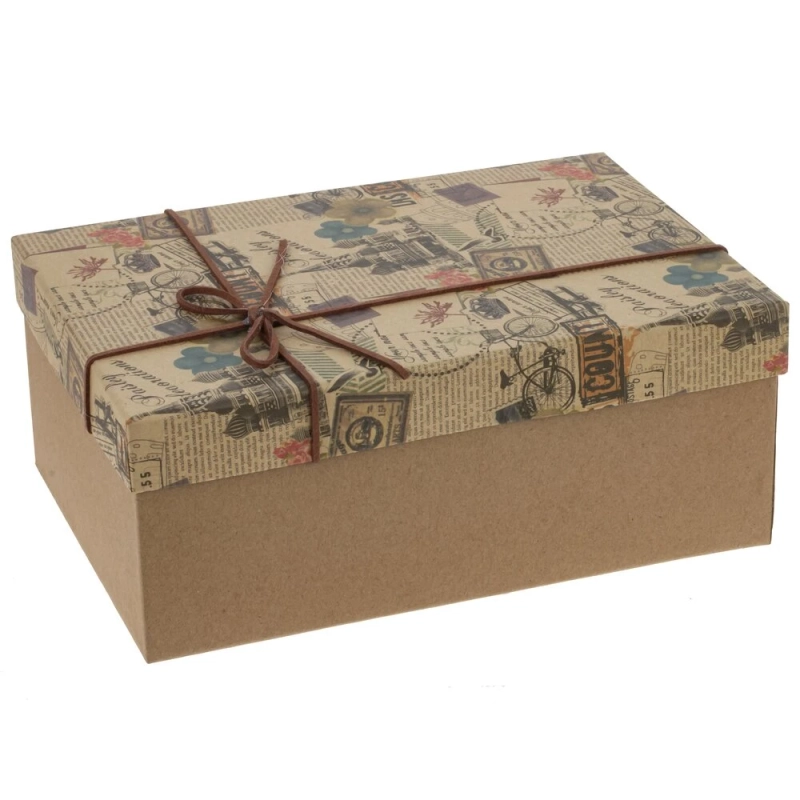In the bustling aisles of a supermarket or the sleek interiors of a boutique store, one thing stands out amidst the myriad of products: packaging boxes. These seemingly mundane containers have transcended their conventional role of mere protection and containment to become an indispensable aspect of modern marketing and consumer culture. From preserving freshness to enhancing brand identity, the journey of packaging boxes from convenience to market necessity is a fascinating narrative that reflects the evolution of consumer behavior, environmental consciousness, and industrial innovation.
The Birth of Packaging Boxes
Packaging boxes have been an integral part of trade and commerce for centuries, with evidence of their usage dating back to ancient civilizations. Initially crafted from materials like wood, clay, and metal, these primitive containers served the primary purpose of safeguarding goods during transportation and storage. However, with the advent of the industrial revolution, the landscape of packaging underwent a transformative shift.
Convenience and Protection
One of the primary drivers behind the ubiquity of packaging boxes is their unparalleled convenience and effectiveness in safeguarding products. Whether it\'s fragile electronics, perishable food items, or delicate cosmetics, modern packaging boxes offer a sturdy and reliable means of protection. Moreover, their standardized dimensions and stackability streamline logistics, reducing the risk of damage during transit and optimizing storage space in warehouses and retail outlets.
Brand Identity and Marketing
In today\'s fiercely competitive market, branding plays a pivotal role in capturing consumer attention and fostering brand loyalty. Packaging boxes serve as powerful canvases for brands to communicate their identity, values, and messaging to consumers. Through innovative design, color schemes, and branding elements, companies can create a memorable and distinctive visual identity that sets their products apart on crowded shelves. Moreover, premium packaging conveys a sense of quality and exclusivity, influencing purchasing decisions and commanding premium pricing.
Consumer Experience and Engagement
Beyond their functional attributes, packaging boxes contribute significantly to shaping the overall consumer experience. A well-designed and aesthetically pleasing box can evoke positive emotions and anticipation even before the product is unveiled. Brands leverage this psychological aspect by incorporating interactive elements such as QR codes, augmented reality experiences, or personalized messages, fostering a deeper connection with consumers and enhancing brand engagement.
Sustainable Packaging Revolution
While packaging boxes have undoubtedly revolutionized modern commerce, their proliferation has raised concerns regarding environmental sustainability and waste management. The advent of the sustainable packaging revolution has prompted brands to reevaluate their packaging practices and explore eco-friendly alternatives. From biodegradable materials like cardboard and paper to innovative solutions such as compostable packaging and reusable containers, the industry is witnessing a paradigm shift towards more environmentally conscious packaging solutions.
Regulatory Compliance and Consumer Expectations
In an era characterized by heightened awareness of environmental issues and consumer rights, regulatory bodies worldwide are imposing stricter guidelines on packaging materials and waste management practices. Brands are compelled to comply with these regulations to avoid fines, legal repercussions, and reputational damage. Additionally, consumer preferences are evolving towards eco-friendly and sustainable products, prompting brands to align their packaging strategies with these expectations to maintain relevance and trust among environmentally conscious consumers.
Supply Chain Resilience and Adaptability
The global disruptions caused by events such as the COVID-19 pandemic have underscored the importance of resilient and adaptable supply chains. Packaging boxes play a crucial role in ensuring the integrity and safety of products throughout the supply chain, from manufacturing facilities to end consumers. The ability to quickly pivot to alternative packaging solutions in response to supply chain disruptions or changing consumer demands is essential for maintaining business continuity and competitiveness in a dynamic market landscape.
Conclusion
In conclusion, the evolution of packaging boxes from convenience to market necessity epitomizes the symbiotic relationship between consumer behavior, technological innovation, and socio-economic dynamics. Beyond their utilitarian function of protection and containment, packaging boxes have emerged as potent tools for brand differentiation, consumer engagement, and environmental stewardship. As the industry continues to evolve in response to shifting consumer preferences and regulatory pressures, the role of packaging boxes in shaping the future of commerce will remain paramount, serving as both a reflection of societal values and a driver of market innovation.


